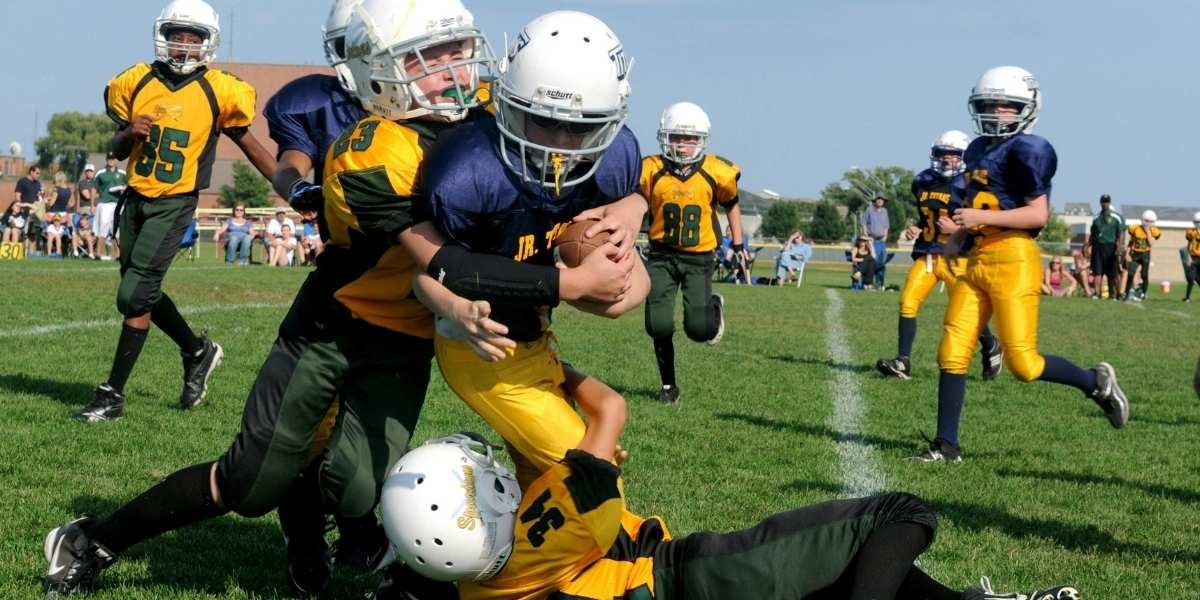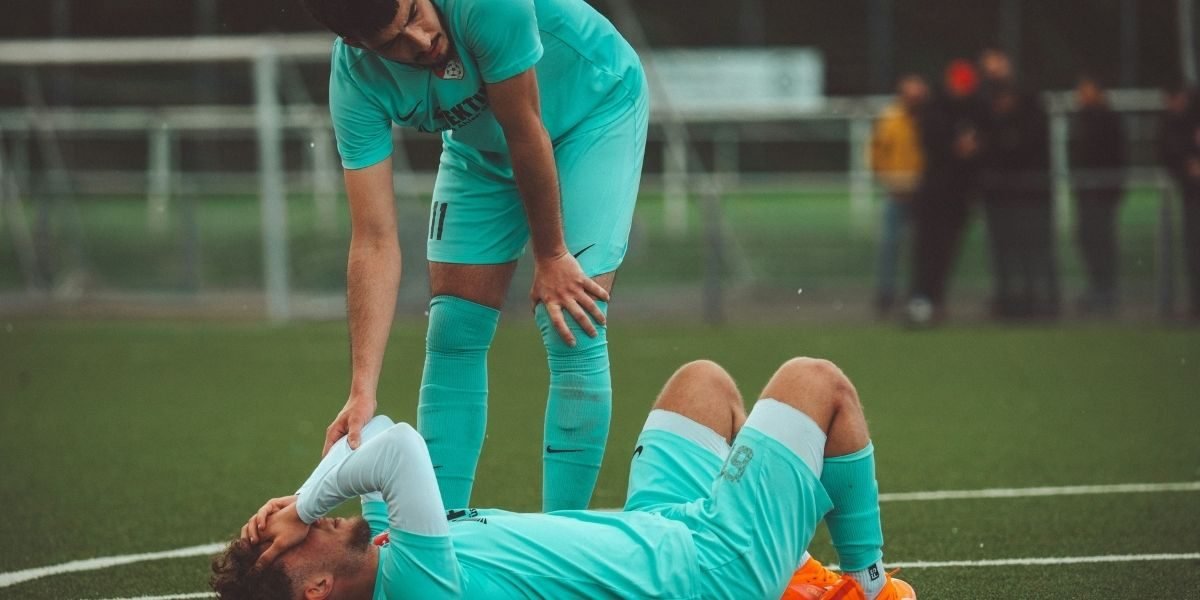When it comes to sports, injuries are often seen as a setback for players, but the real impact goes far beyond just the players themselves. Injuries can have a profound effect on the financial health of sports teams and leagues. It’s not just about missing a few games; the ripple effects can lead to significant revenue losses. From ticket sales to broadcasting rights and sponsorship deals, the financial repercussions of player injuries are far-reaching and, in many cases, staggering.
Read also: Understanding How Knee Injuries Can Impact an Athlete’s Career
How Do Injuries Lead to Financial Loss in Sports?
It’s no secret that injuries hurt a team’s performance. But what’s often overlooked is just how much they can hurt a team’s bottom line. Injuries lead to a drop in performance, which can cause lost ticket sales, fewer viewers, and a decrease in sponsorship revenue. This is especially true for big leagues where a team’s success translates into significant income from various sources.
When key players get injured, they aren’t just missing out on the game; the team is missing out on their contributions too. A star player’s absence can affect everything from the number of wins to the overall team morale. A poorly performing team is a less exciting product for fans, sponsors, and broadcasters alike. Without a winning record, the team’s ticket sales, merchandise sales, and even fan engagement begin to drop. With fewer fans in the stands or watching from home, the money that usually flows in starts to dwindle.
How Does a Team’s Performance Suffer from Injuries?

Photo Credit: Unsplash.com
Injuries are a huge factor when it comes to a team’s performance. Sports teams, especially in high-stakes competitions, rely heavily on their star players. When those players are sidelined, the team loses a significant part of its strength. Even though the remaining players might try their best, replacing the skills and leadership of a top player is nearly impossible.
The direct impact on a team’s performance is clear in various studies. It’s been shown that injuries can cost a team points over the course of a season. In football, for example, every time a team loses a key player to injury, their chances of winning decrease, which ultimately affects their league standing. This drop in performance can lead to fewer wins, fewer championships, and a general lack of excitement around the team, which translates to fewer fans showing up for games and watching broadcasts.
What’s the Real Financial Impact of Injuries on Teams?
The financial consequences of injuries don’t stop with the loss of game performance. There are direct financial impacts tied to the costs of treating injured players, their rehabilitation, and their eventual return to play. If a team has multiple injuries throughout a season, these costs can quickly add up, leading to budget strain.
First, there’s the cost of rehabilitation and recovery. High-contact sports often come with high injury rates, and treating these injuries can be expensive. Players need physical therapy, medical evaluations, and, in some cases, surgeries to get back on the field. These costs, combined with the lost wages when players are out of action, can stretch a team’s financial resources.
Let’s not forget about player wages. Even if they’re injured and unable to perform, players often still receive their contracts. When a team is paying a significant portion of its budget on injured players, it leaves less money to invest in new talent or improvements to the team. This creates a cycle where the team is financially burdened by the players who aren’t even contributing to its performance.
How Do Injuries Affect Sponsorship and Broadcasting Deals?
Sponsorship deals and broadcasting rights make up a huge part of a sports team’s revenue, and injuries can cause both of these to suffer. When a team is winning, it draws in fans, which in turn increases the value of sponsorship and broadcasting deals. The excitement of the sport is fueled by the team’s performance, and sponsors are happy to pay for the exposure that comes with a successful team.
But when injuries hit and a team’s performance drops, it affects their appeal to sponsors and broadcasters. A less competitive team leads to fewer people watching, which means less value for the broadcaster. In turn, the team becomes less attractive to sponsors who are looking to reach large audiences with their ads. This can lead to a decrease in the money flowing into the team, which only worsens the financial hit caused by the injuries.
The impact of injuries on these revenue streams can be significant. Teams that fail to perform well due to injuries may see their sponsorship deals shrink or disappear altogether. Broadcasters might be reluctant to pay top dollar for rights to a team that’s not drawing in the same level of interest from fans. In some cases, this results in a decrease in overall revenue for the season, leaving the team in a tough financial spot.
Can Teams Do Anything to Prevent or Mitigate the Financial Impact of Injuries?
Although injuries are an inevitable part of sports, there are steps teams can take to reduce their financial impact. While it’s impossible to eliminate injuries entirely, sports organizations can invest in strategies to prevent them and minimize the damage when they do occur.
One effective method is through injury prevention programs. These programs often focus on strengthening muscles, improving flexibility, and teaching players the proper techniques to avoid injury. Teams also increasingly rely on data analytics to predict and prevent injuries. By tracking players’ workloads, recovery times, and injury history, teams can make informed decisions about training schedules and player usage, which can help reduce the risk of injuries in the first place.
Medical technology has also come a long way in helping injured players recover more quickly. Advances in treatment and rehabilitation techniques, including improved physiotherapy and recovery methods, can help athletes return to their sport faster and reduce the financial burden on the team.
Mental health support is another key area. Recovering from an injury is not just physically taxing—it can also take a toll on an athlete’s mental well-being. Teams that provide their players with psychological support can help them cope with the emotional challenges of being sidelined, ensuring they stay focused and motivated during their recovery.
Read also: Sustainable Sourcing in Sports Gear Production
How Do Injuries Affect Amateur and Youth Sports?

Photo Credit: Unsplash.com
It’s not just professional sports that are impacted by injuries; amateur and youth sports are also feeling the financial strain. High school and college sports, for example, often lack the financial resources to manage injuries effectively. Medical care and rehabilitation costs can become a significant burden, especially when injuries occur frequently.
In the U.S., sports injuries at the high school level cost billions of dollars annually. These costs often cover medical treatments, missed educational opportunities, and the long-term effects of injuries. In many cases, players who suffer injuries in youth sports may not have the same opportunities for advancement in their sporting careers, which can affect both their future prospects and the communities they come from.
Beyond the direct costs of injuries, there’s also the social impact. Injured athletes often face a range of challenges, from physical pain to emotional struggles. Addressing these issues holistically can help reduce the long-term financial effects on individuals and communities, allowing youth sports organizations to be more sustainable in the face of injury-related costs.









